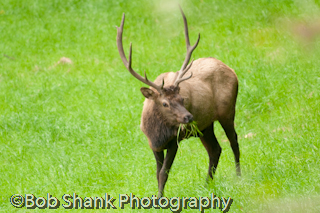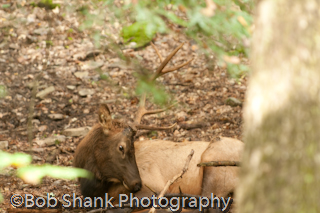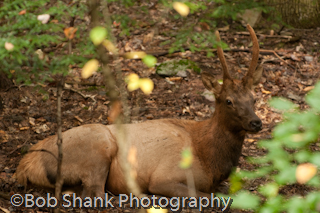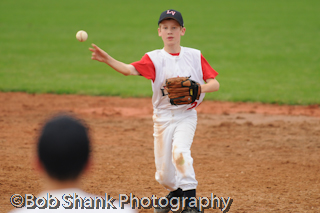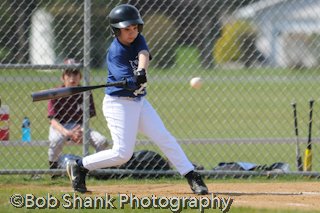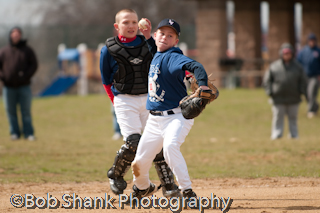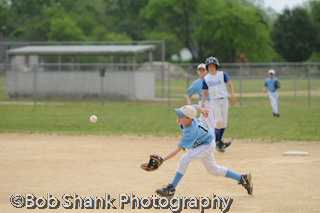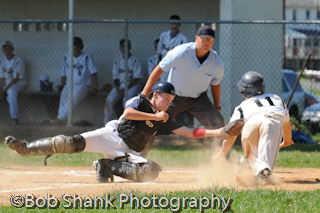Last Tuesday evening, our first evening on the elk range, provided a lot of action for us. We saw quite a few bulls that night and they were bugling, fighting for breeding rights, and grazing. It was a beautiful sight!
At one point, this young bull came out of the woods where he had been lying down and resting. He proceeded to graze in the tall, green grass not far from me. I quickly panned my camera on my tripod to his location and shot a series of photos. This is one of the best ones I captured.
